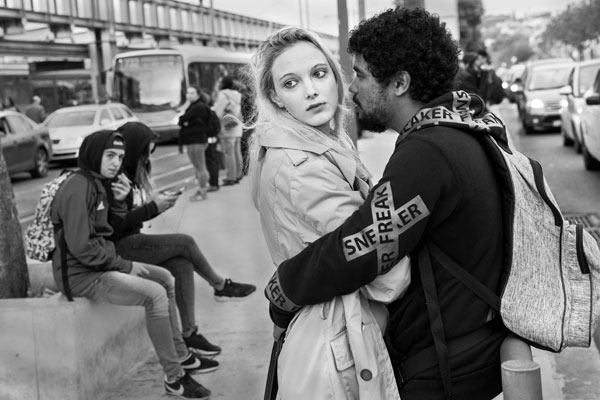Some Of Framing Streets
Some Of Framing Streets
Blog Article
The Basic Principles Of Framing Streets
Table of ContentsFraming Streets Fundamentals ExplainedA Biased View of Framing StreetsFraming Streets for DummiesUnknown Facts About Framing StreetsThe Single Strategy To Use For Framing StreetsSome Ideas on Framing Streets You Should Know
, typically with the aim of recording images at a decisive or emotional moment by careful framework and timing. https://profile.hatena.ne.jp/framingstreets1/.
Framing Streets Can Be Fun For Anyone
Susan Sontag, 1977 Street photography can concentrate on individuals and their behavior in public. In this regard, the road digital photographer resembles social docudrama professional photographers or photographers that additionally operate in public locations, however with the purpose of capturing newsworthy occasions. Any of these professional photographers' pictures may capture people and building visible within or from public places, which usually involves browsing moral issues and legislations of privacy, safety, and residential property.
Depictions of day-to-day public life create a genre in virtually every period of world art, beginning in the pre-historic, Sumerian, Egyptian and early Buddhist art durations. Art taking care of the life of the road, whether within sights of cityscapes, or as the leading motif, appears in the West in the canon of the North Renaissance, Baroque, Rococo, of Romanticism, Realism, Impressionism and Post-Impressionism.
Framing Streets Things To Know Before You Get This
Louis Daguerre: "Blvd du Temple" (1838 or 1839) In 1838 or 1839 the first photo of figures in the street was taped by Louis-Jacques-Mand Daguerre in one of a pair of daguerreotype sights drawn from his studio home window of the Blvd du Holy place in Paris. The second, More about the author made at the height of the day, shows an unpopulated stretch of road, while the various other was taken at concerning 8:00 am, and as Beaumont Newhall records, "The Boulevard, so frequently filled with a relocating throng of pedestrians and carriages was flawlessly solitary, other than a person that was having his boots cleaned.
, that was motivated to undertake a comparable paperwork of New York City. As the city established, Atget helped to promote Parisian streets as a worthwhile subject for digital photography.

Rumored Buzz on Framing Streets
Martin is the initial tape-recorded professional photographer to do so in London with a masked camera. Mass-Observation was a social research study organisation established in 1937 which aimed to videotape day-to-day life in Britain and to tape-record the responses of the 'man-in-the-street' to King Edward VIII's abdication in 1936 to wed separation Wallis Simpson, and the succession of George VI. Andre Kertesz.'s widely appreciated Images la Sauvette (1952) (the English-language version was entitled The Definitive Minute) advertised the idea of taking a picture at what he called the "decisive minute"; "when kind and material, vision and structure merged right into a transcendent whole" - sony a9iii.
Framing Streets - An Overview
The recording machine was 'a covert camera', a 35 mm Contax concealed below his layer, that was 'strapped to the breast and linked to a long cable strung down the right sleeve'. His job had little modern effect as due to Evans' sensitivities about the originality of his task and the privacy of his subjects, it was not published up until 1966, in the publication Several Are Called, with an introduction written by James Agee in 1940.
Helen Levitt, then an educator of kids, connected with Evans in 193839. She recorded the transitory chalk illustrations - 50mm street photography that belonged to youngsters's road culture in New york city at the time, in addition to the children who made them. In July 1939, Mo, MA's brand-new digital photography section included Levitt's work in its inaugural exhibitRobert Frank's 1958 publication,, was substantial; raw and typically indistinct, Frank's pictures questioned mainstream photography of the moment, "challenged all the formal guidelines laid down by Henri Cartier-Bresson and Walker Evans" and "contradicted the wholesome pictorialism and sincere photojournalism of American publications like LIFE and Time".
Report this page